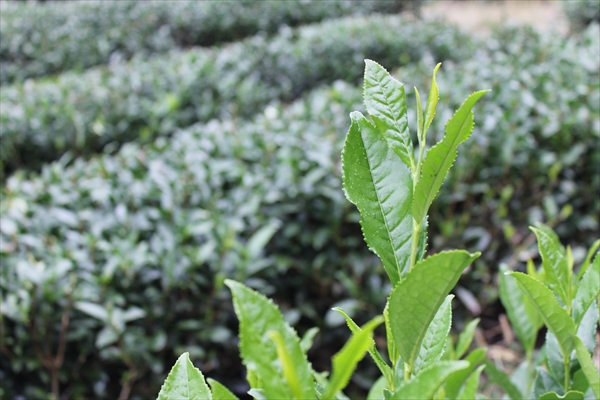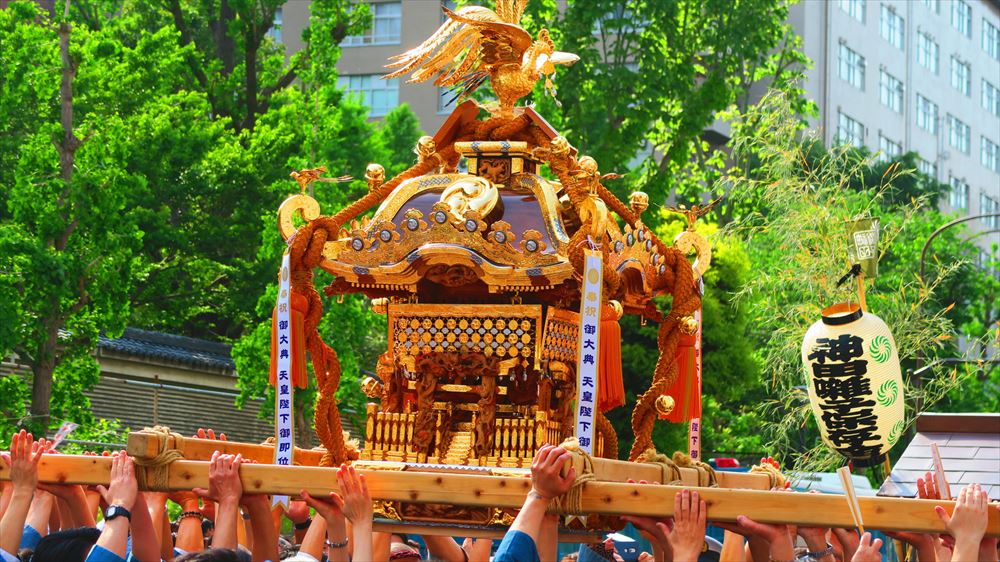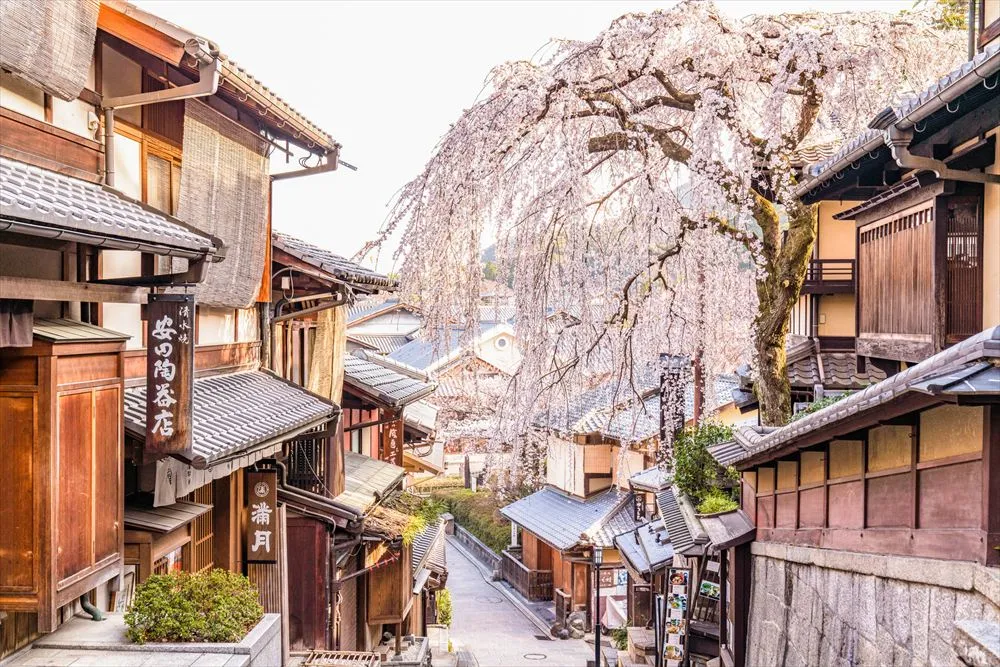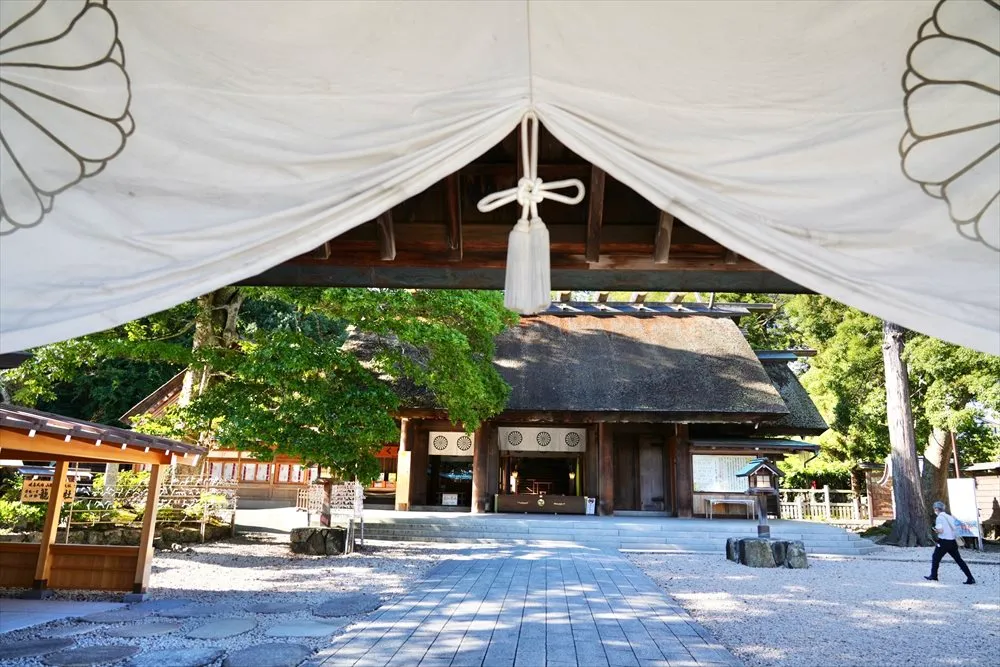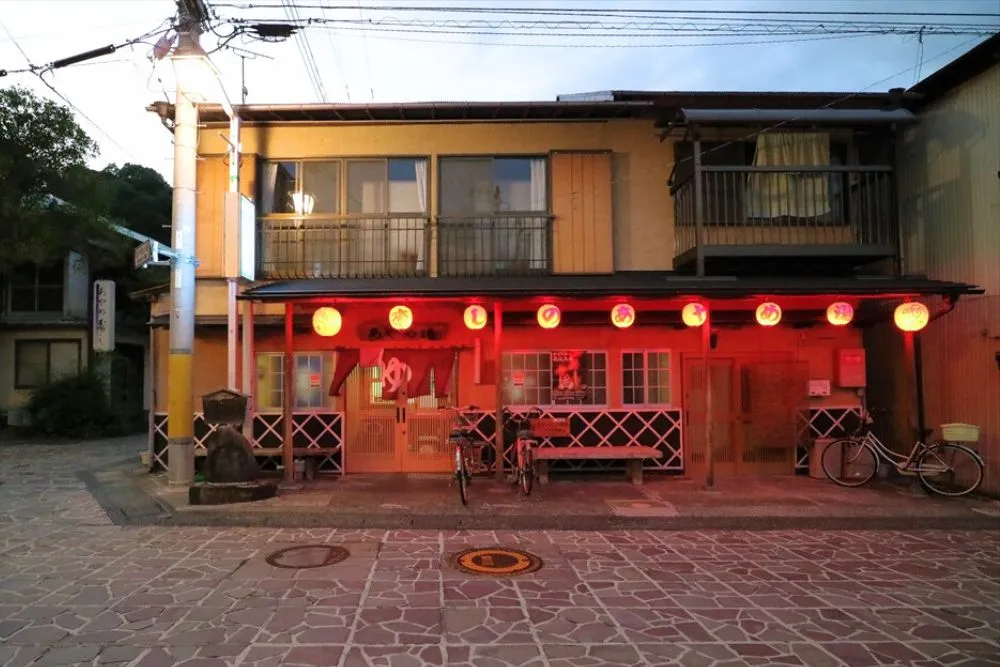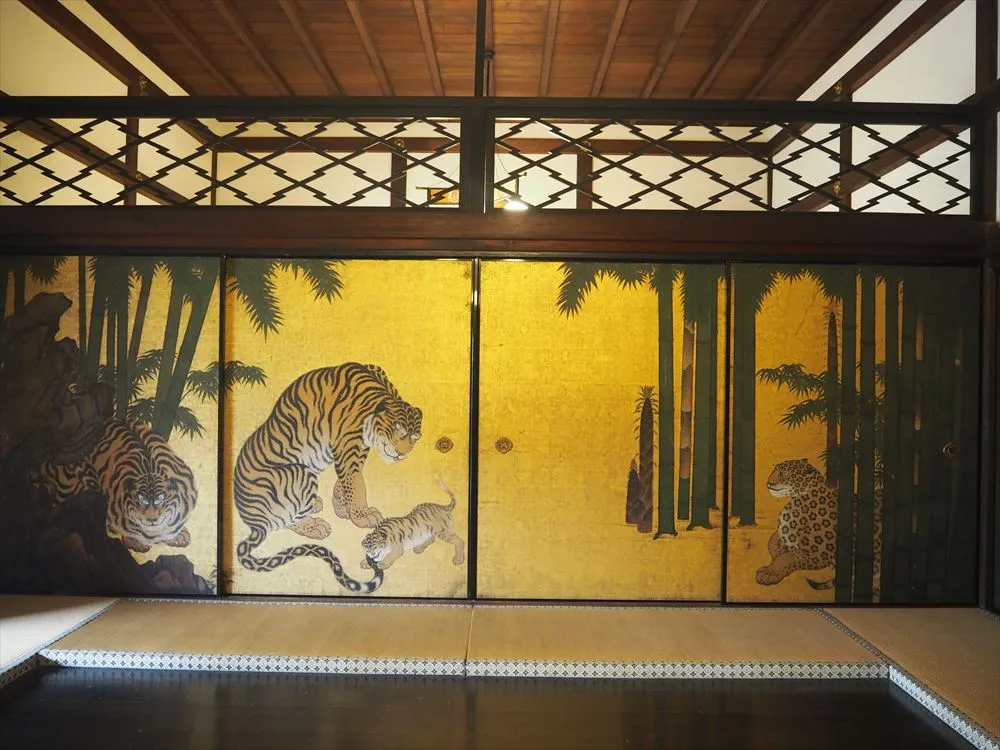The World of Japanese Tea
The World of Japanese Tea
What is “Japanese tea”?
“Japanese tea” has deep roots in Japanese food and culture. Matcha has gained popularity worldwide, but what does “Japanese tea” mean and how many kinds of it are there?
Generally, “Japanese tea” refers to green teas produced in Japan.
All types of tea come from the same tea plant. “Green tea” doesn’t undergo fermentation, while “Oolong tea” is half-fermented. “Black tea” derives from fully fermented tea leaves.
“Green tea” is classified into several types according to the production process.
Here are four typical Japanese green teas.
Sencha
Sencha is the quintessential Japanese tea. Sencha accounts for up to 54.2% of Japanese green tea production (according to the statistics for 2020), and is the most widely-consumed tea in Japan. It is made from leaves exposed to direct sunlight. After being harvested, the tea leaves are steamed, dried and kneaded.

Gyokuro
Gyokuro is considered one of the most luxurious types of green tea. Tea plants or whole tea fields are covered with a sheet for about 20 days before the harvest to prevent direct sunlight, a process called “hifuku” (covering). After being harvested, the tea leaves go through the same process as the one for Sencha.

Hojicha
Hojicha has a toasty, nutty aroma and a deep orange tone. It is produced by roasting Sencha or Bancha (leaves harvested after the first crop or mature and coarse leaves) grade tea leaves at a high temperature. As the roasting process removes bitterness and the caffeine from the leaves, Hojicha tastes refreshing, without any bitterness. Hojicha is now often used for desserts and lattes too.

Matcha (Tencha)
Matcha is a finely milled green tea powder and has long been consumed as a part the traditional tea ceremony. The process is almost the same as Gyokuro making: the tea plants are covered with cloths, tea leaves are steamed but not kneaded, and dried in a “Tencha-ro” (drying room) to make “Tencha.” Tencha is then ground into a powder in a mortar.

Essential tea utensils
It is important to choose the tea utensils best suited for your tea in order to fully appreciate all the fine nuances of different tea aromas and flavors. Notably, a Chuki (teapot) plays a crucial role when you brew your selected tea leaves with hot water at the suggested temperature.
Kyusu teapots are the best for Sencha, which is brewed in water at around 80°C. A Japanese Kyusu typically has a handle on the side.
A Hohin, a type of teapot without a handle, is intended for Gyokuro, which is brewed in water at 50 to 60°C. In general, the inside of a Hohin is wide to allow tea leaves to open fully, achieving Gyokuro’s rich flavor.

Kyusu

Hohin
The tea leaves are delicious, even when eaten.
Most of the time, green tea leaves after steeping may be discarded. Tea leaves contain plenty of nutrients, however, 70 percent of which remain in the leaves without being dissolved in water. Eating tea leaves allows you to take these nutrients completely into your body.
Our recommended method to eat remaining tea leaves is “Ohitashi of tea leaves”: add some drops of soy sauce on used tea leaves. It is easy to prepare and a great accompaniment for sake.

Wazuka tea: att.JAPAN editor’s recommendation 
Wazuka tea is a Japanese green tea produced in Wazuka Town in Kyoto Prefecture. Wazuka is also called “Chagenkyo” (tea paradise), a wordplay on “Togenkyo” (peach paradise, a paradise on earth described in an ancient Chinese tale). Wazuka tea is a representative brand of Japan, and the town produces around 40 percent of Uji tea, which is one of the “Three Greatest Teas of Japan,” and is one of the major Tencha producers as well.
As the Kinki region anticipates attracting both national and international attention because of the forthcoming Expo 2025 Osaka, Kansai, Japan, Wazuka tea has been selected as one of the “local brands” to promote the region’s exposure. We are sure that Wazuka tea will be getting even more popular.
3_R.jpg)
